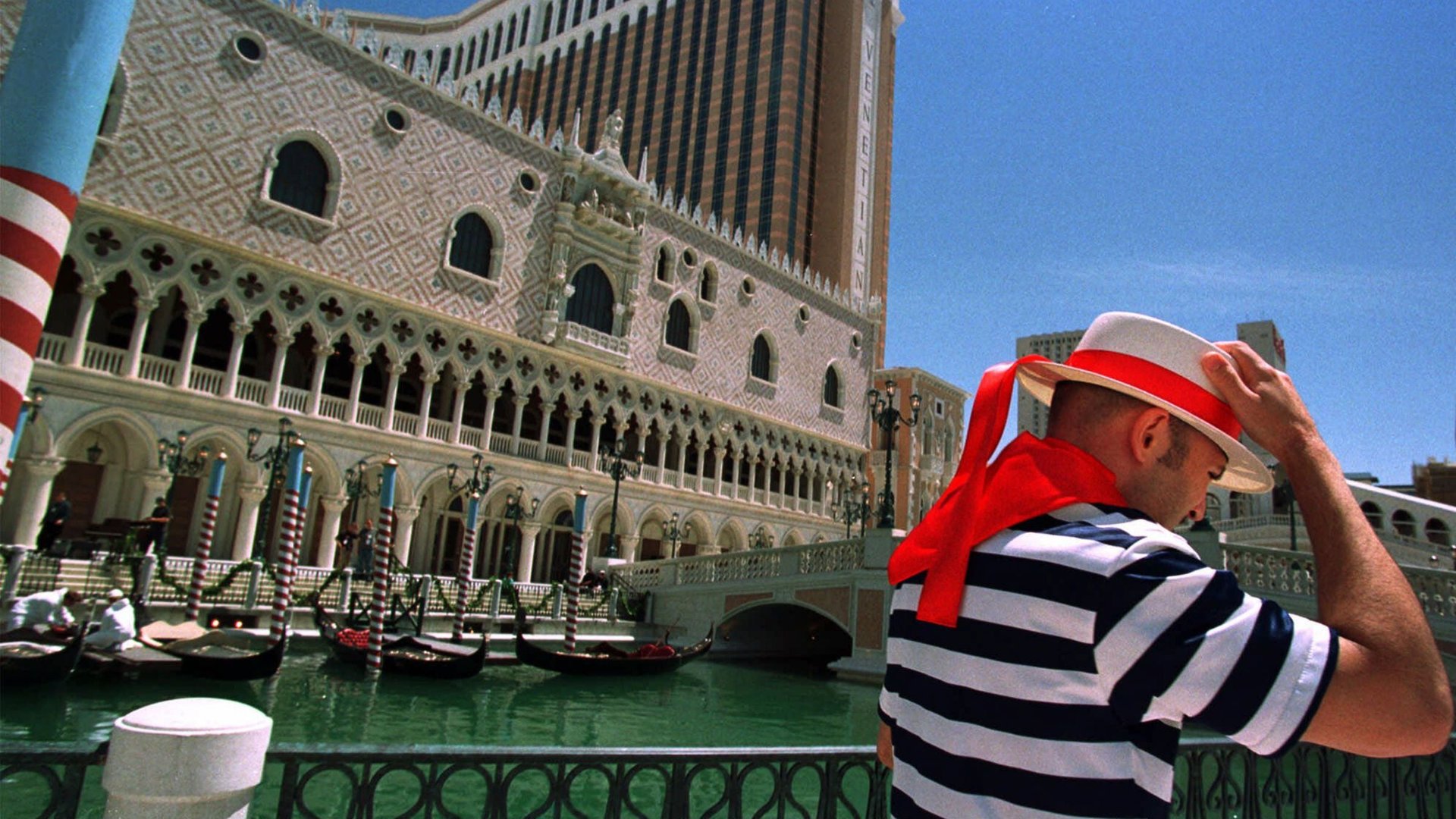How to save Italy’s artistic treasures—one crowd-sourced app at a time
La Bell’Italia (beautiful Italy) leads UNESCO’s list for number of heritage sites, and the country’s priceless collection of art represents, according to many, its most competitive asset. Having been a victim of art thievery for centuries, it’s no wonder that Italy has the largest database of stolen art in the world, comprising over 5.7 million items, and a whole body of the national military police, Comando Carabinieri Tutela Patrimonio Culturale (TPC), that is devoted to safeguarding the country’s cultural heritage.


La Bell’Italia (beautiful Italy) leads UNESCO’s list for number of heritage sites, and the country’s priceless collection of art represents, according to many, its most competitive asset. Having been a victim of art thievery for centuries, it’s no wonder that Italy has the largest database of stolen art in the world, comprising over 5.7 million items, and a whole body of the national military police, Comando Carabinieri Tutela Patrimonio Culturale (TPC), that is devoted to safeguarding the country’s cultural heritage.
The latest success for Italy’s heritage cops is the recovery of two paintings, by Bonnard and Gauguin, stolen from a private residence in London’s Regent Park in 1970. Abandoned on an Italian train after the theft, the paintings were left in in a warehouse by workers who were unaware of their value—an estimated €15 to €30 million ($20.5 to $41 million) for the Gauguin and €600,000 for the Bonnard. They were auctioned off along with the other objects at the lost and found office, and an employee of the railways bought them both for 45,000 lire (about $35 worth of the pre-euro Italian currency) and hung them in his kitchen for forty years—until the TPC found them.
The apparent lack of larcenous intent by the railways employee (who is, however, still under investigation) seems to have inspired the TCP to take a new approach to stolen art investigations: harnessing the art sleuthing powers of the crowd. At a press conference to announce the recovery, Culture and Tourism Minister Dario Franceschini presented iTPC, an Android and iOS app that aims to make ”life tougher for thieves and dealers.” The app allows users to upload pictures of art they suspect is stolen; they can also create identity cards for artwork they own, and peruse TCP’s virtual inventory of purloined goods.
Tapping the crowds to save art is becoming a bit of a trend in Italy. Between October and November, an online opinion poll was launched by the Minister of Culture and Tourism to decide which of eight works of art—stored in government museums in Naples, Rome, Venice and Florence—to restore, since a lack of funds made it impossible to care for them all. In March, the winner of the consultation was announced: Perugino’s 1490 painting Madonna con Bambino (Holy Mary with Child).
Another attempt at matching technology and art has been undertaken by a group of Franciscan friars in Rome who took to Kickstarter to raise $125,000 to restore the “cell” where St. Francis used to stay, between 1209 and 1223, when he visited Rome to meet with the Pope. In line with St Francis’ vows of poverty, the cell has little in common with the splendor of other religious buildings in Rome; still, with only 7 days to go, $70,690 has been pledged.